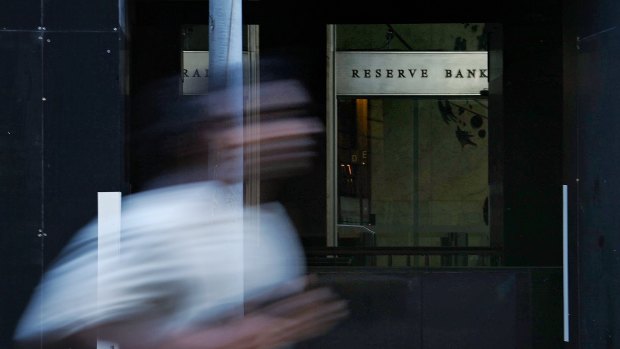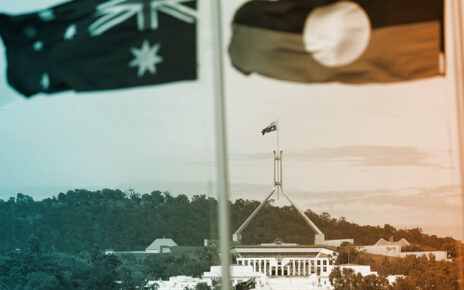Save articles for later
Add articles to your saved list and come back to them any time.
The Reserve Bank is poised to deliver some desperately needed pre-Christmas cheer to borrowers by keeping interest rates steady at its last meeting of the year, as evidence grows that the jobs market is slowing and falling petrol prices reduce a key inflation pressure point.
After lifting official interest rates by 1.25 percentage points this year, adding almost $500 a month to the repayments on a $600,000 mortgage, almost all economists and financial markets expect the bank to hold the cash rate at 4.35 per cent on Tuesday.
The Reserve Bank is expected to use its last meeting of the year to hold interest rates steady.Credit: Kate Geraghty
It will be the last single-day meeting for the Reserve Bank board which, from February, will shift to an extended two-day discussion followed by a press conference to explain its thinking about interest rate movements and the state of the economy.
Ahead of Tuesday’s meeting, figures from the ANZ and employment website Indeed showed the jobs market starting to feel the impact of the Reserve Bank’s actions, with job advertisements tumbling 4.6 per cent in November.
It was the largest single monthly fall in ads since June 2018 (outside the COVID-19 pandemic), with ads falling by 8.4 per cent over the past three months.
Job ads have traditionally been an accurate predictor of unemployment, with the figures suggesting the jobless rate – which increased to 3.7 per cent in October – will press higher in coming months.
Treasurer Jim Chalmers, who will release the mid-year economic and fiscal outlook (MYEFO) next week, said the jobs market had been resilient under the weight of inflation and higher interest rates over the past year.
He said unemployment was likely to “tick up” in coming months, but argued the overall economy and the federal budget were still performing relatively well.
“We’ve already delivered a surplus and the MYEFO will show a much healthier set of books than what we saw in the May budget. And so we are making welcome and encouraging progress across all of these fronts, particularly when it comes to the fight against inflation,” he said.
“But we’re not getting carried away because we know there’s a long way to go.”
The Reserve Bank has been lifting interest rates to bring down inflation, which peaked at around 8 per cent at the end of last year. The latest monthly measure of inflation showed it falling to 4.9 per cent in October.
A key issue has been petrol prices, which soared after Russia’s 2022 invasion of Ukraine. Data from the Australian Institute of Petroleum released on Monday showed the national capital city average price for unleaded last week fell to $1.92 a litre – its lowest level since August.
In Sydney, the average price dropped by 9.3 cents to 181.5 cents a litre, its lowest level since mid-July. Prices in Melbourne fell by 10.2 cents to $1.89 a litre.
The Melbourne Institute’s monthly measure of inflation increased by 0.3 per cent in November, but the annual rate fell to a 19-month low of 4.4 per cent. The institute’s measure of underlying inflation eased to 3.8 per cent.
Petrol prices have fallen to their lowest level in months, reducing some of the economy’s inflationary pressures.Credit: James Davies
Separate figures from the Australian Bureau of Statistics, released on Monday, showed corporate profits fell by 0.9 per cent in the three months to the end of September, and a large ramp-up in business inventories.
Income from sales of goods and services edged down by 0.1 per cent in a further sign of the financial pressure on consumers.
ANZ economist Madeline Dunk said her organisation’s measure of full employment suggested the Reserve Bank had lifted interest rates high enough to reduce inflation pressures coming out of the jobs market.
“We expect the number of job ads to moderate as the impacts of this tightening cycle continue to show up in the labour market,” she said.
Cut through the noise of federal politics with news, views and expert analysis. Subscribers can sign up to our weekly Inside Politics newsletter.
Most Viewed in Politics
From our partners
Source: Read Full Article




